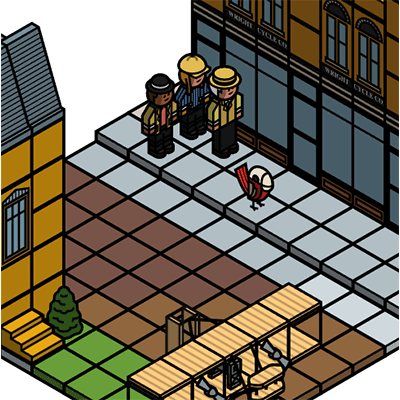What is Form?
Form is an element of art that refers to the three-dimensional aspect of an artwork, giving it depth, volume, and physical presence. It involves the perception of objects or subjects as they occupy space and exist from different perspectives. Form can be observed in sculptures, architecture, and even in some two-dimensional artworks that create an illusion of depth.
Why Teach Form?
Teaching students about form has numerous benefits that extend beyond the realm of art. Here are a few reasons why it is important to introduce form as an element of art:
- Enhanced Spatial Perception: Understanding form helps students develop spatial perception skills, allowing them to perceive and interpret objects in a three-dimensional space accurately.
- Critical Thinking and Problem Solving: Engaging with form encourages students to think critically and problem-solve, as they consider how objects occupy and interact with space.
- Development of Observation Skills: Studying and practicing form helps students become more observant, enabling them to accurately depict objects and their physical attributes.
- Creation of Realistic and Imaginative Artworks: By grasping the concept of form, students can create more realistic representations of objects and unleash their imaginative potential.
- Appreciation of Sculpture and Architecture: Understanding form allows students to appreciate the artistic and architectural masterpieces that surround them, fostering a deeper connection to the world of art and design.
Strategies for Teaching Form
To effectively teach form to students, educators can employ the following strategies:
- Visual Examples: Begin by showcasing visual examples of sculptures, architectural structures, and artworks that demonstrate different forms. Discuss the three-dimensional qualities of these objects and encourage students to identify and describe their forms.
- Hands-On Exploration: Provide students with modeling clay or other sculpting materials to create their own three-dimensional forms. For a digital option, try the Cube builder or the Build activity on Toy Theater, which let students experiment with stacking, rotating, and constructing 3D structures in an interactive way.
- Observational Drawing: Have students observe and draw still-life arrangements or objects that exhibit various forms. Guide them in understanding how light and shadow interact with form, emphasizing the importance of shading techniques.
- Collaborative Projects: Engage students in group projects that involve constructing three-dimensional structures using recyclable materials or building blocks. This collaborative approach encourages teamwork and reinforces the concept of form.
- Exploring Architecture: Introduce students to different architectural styles and structures from around the world. Analyze how architects use form to create visually striking and functional buildings. Encourage students to design and construct their own miniature architectural models.
Activities for Exploring Form
Here are some activities that can help students explore and understand the concept of form:
- Clay Sculptures: Provide students with clay or playdough and ask them to sculpt three-dimensional forms such as animals, fruits, or objects of their choice. Encourage creativity while emphasizing the importance of volume and proportion.
- Shadow Observations: Set up a still-life arrangement with strong lighting and ask students to observe and sketch the forms while paying attention to the shadows cast by the objects. Discuss the role of shadows in creating the illusion of depth and form.
- Geometric Shape Transformations: Provide students with cut-out geometric shapes and ask them to transform them into three-dimensional forms by folding, bending, or connecting them. You could extend this digitally with the Cube builder to model how flat surfaces combine into 3D blocks.
- Collage Construction: Have students create collages using various materials such as paper, fabric, or found objects. Encourage them to consider the three-dimensional aspect by layering and arranging the materials to create form and depth.
- Form in Nature: Take students on a nature walk or provide photographs of natural objects such as seashells, flowers, or tree branches. Ask them to observe and draw these objects, focusing on capturing their forms accurately.
Teaching form as an element of art provides students with a deeper understanding of spatial perception, critical thinking, and observation skills. By combining hands-on projects with interactive tools like Build and Cube, educators can nurture creativity while making the study of form both engaging and fun.


